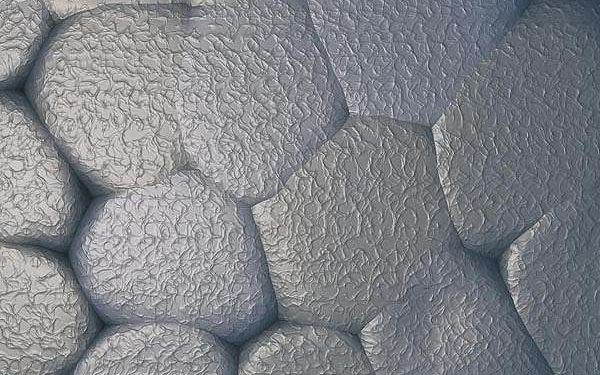New X ray technique preserves lithium metal battery chemistry for accurate evaluation
by Clarence Oxford
Los Angeles CA (SPX) Oct 23, 2025
Stanford University researchers have developed a new method that enables scientists to analyze lithium metal batteries without altering their chemical composition. The team incorporated a flash freezing step into the established X ray photoelectron spectroscopy technique, allowing the analysis of battery anodes at cryogenic temperatures and preventing unwanted chemical reactions caused by conventional measurement at room temperature.
The new approach, known as cryo XPS, addresses a long standing issue in battery research – the observer effect. Conventional methods for examining battery electrodes can change the protective layer forming on the lithium anode, distorting research results and potentially sending battery design in the wrong direction. By flash freezing the batteries at minus 325 Fahrenheit (minus 200 Celsius) and then performing the X ray analysis at minus 165 Fahrenheit, the scientists succeeded in preserving the pristine condition of the anode’s protective film, which is essential for battery stability and longevity.
Comparing cryo XPS with standard procedures, the researchers identified major differences in the amount of lithium fluoride and lithium oxide present in the protective layer, two compounds closely tied to battery performance. The flash frozen method revealed chemical correlations that conventional techniques either exaggerated or failed to detect. Crucially, the new technique demonstrated a stronger connection between specific salt based chemicals and charge retention, suggesting that accurate measurements can lead to more effective battery designs.
The work has implications beyond lithium metal batteries, offering a tool for scientists studying a wide range of chemical reactions and materials. As explained by Professor Stacey Bent, the results could help solve persistent mysteries in battery chemistry, while Professor Yi Cui highlighted the potential for improved performance assessments with novel electrolyte formulations.
The research team’s findings challenge prior assumptions in battery interface science, giving researchers a more robust framework for developing future high energy rechargeable batteries. The study’s publication in Nature details how cryo XPS can inform the creation of more stable and durable energy storage devices.
Research Report:Cryogenic X ray photoelectron spectroscopy for battery interfaces
Related Links
Stanford University
Powering The World in the 21st Century at Energy-Daily.com















